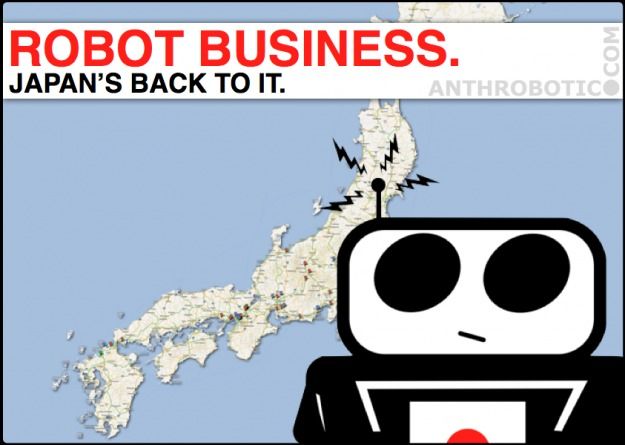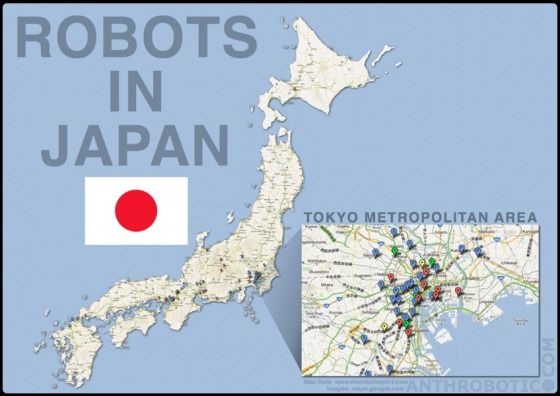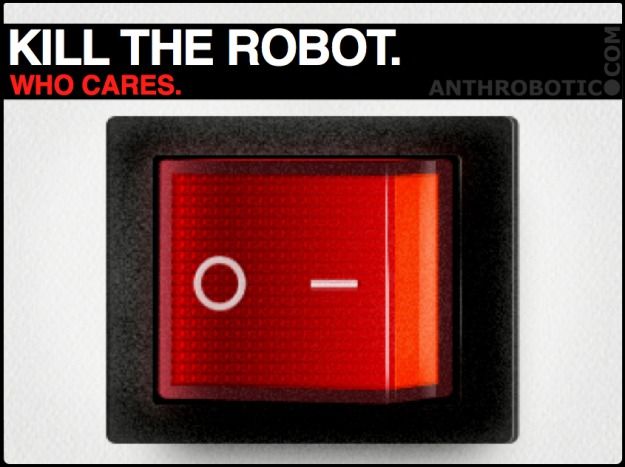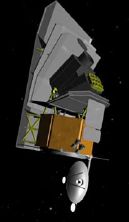With the recent meteor explosion over Russia coincident with the safe-passing of asteroid 2012 DA14, and an expectant spectacular approach by comet ISON due towards the end of 2013, one could suggest that the Year of the Snake is one where we should look to the skies and consider our long term safeguard against rocks from space.
Indeed, following the near ‘double whammy’ last week, where a 15 meter meteor caught us by surprise and caused extensive damage and injury in central Russia, while the larger anticipated 50 meter asteroid swept to within just 27,000 km of Earth, media reported an immediate response from astronomers with plans to create state-of-the-art detection systems to give warning of incoming asteroids and meteoroids. Concerns can be abated.
ATLAS, the Advanced Terrestrial-Impact Last Alert System is due to begin operations in 2015, and expects to give a one-week warning for a small asteroid – called “a city killer” – and three weeks for a larger “county killer” — providing time for evacuation of risk areas.
Deep Space Industries (a US Company), which is preparing to launch a series of small spacecraft later this decade aimed at surveying nearby asteroids for mining opportunities, could also be used to monitor smaller difficult-to-detect objects that threaten to strike Earth.
However — despite ISON doom-merchants — we are already in relatively safe hands. The SENTRY MONITORING SYSTEM maintains a Sentry Risk Table of possible future Earth impact events, typically tracking objects 50 meters or larger — none of which are currently expected to hit Earth. Other sources will tell you that comet ISON is not expected to pass any closer than 0.42 AU (63,000,000 km) from Earth — though it should still provide spectacular viewing in our night skies come December 2013. A recently trending threat, 140-metre wide asteroid AG5 was given just a 1-in-625 chance of hitting Earth in February 2040, though more recent measurements have reduced this risk to almost nil. The Torino Scale is currently used to rate the risk category of asteroid and comet impacts on a scale of 0 (no hazard) to 10 (globally-impacting certain collisions). At present, almost all known asteroids and comets are categorized as level 0 on this scale (AG5 was temporarily categorized at level 1 until recent measurements, and 2007 VK184, a 130 meter asteroid due for approach circa 2048–2057 is the only currently listed one categorized at level 1 or more).
Continue reading “ATLAS — Watchmen To The Hour That The Sky Falls In” »











